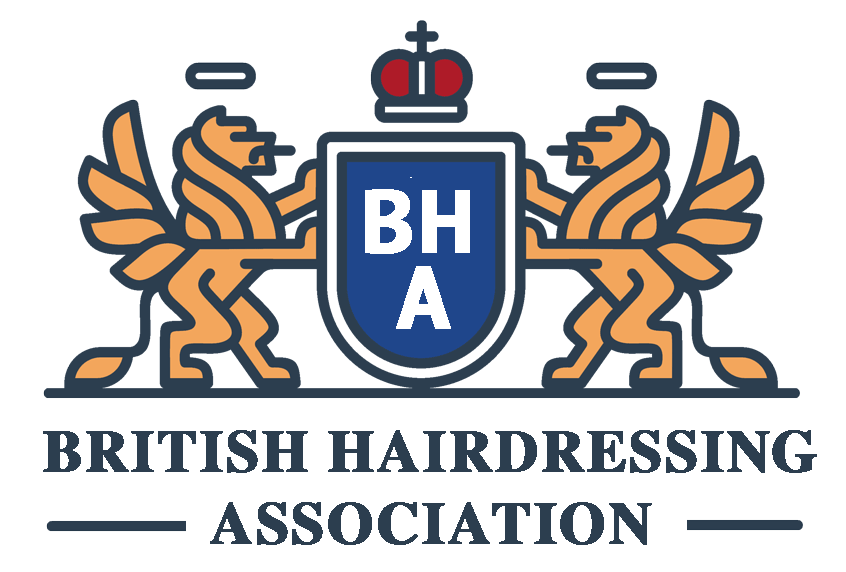Regional Certification Guide for Aspiring Hairdressers in the UK
Introduction to Regional Certification for Aspiring Hairdressers in the UK
In the thriving world of beauty and personal care, becoming a qualified hairdresser in the UK requires more than just creative flair. Aspiring hairdressers must obtain proper certification to legitimize their skills and open doors to professional opportunities. This guide walks you through the essential steps to achieve regional certification in the UK, ensuring you meet industry standards and client expectations.
Understanding Regional Certification
Certifications attest to a hairdresser’s expertise, ethics, and commitment to continual learning. In the UK, regional certification varies, reflecting localities’ distinctive regulations and requirements. Being well-versed in these differences is crucial for successful navigation of your career path.
NVQ/SVQ Qualifications
The National Vocational Qualifications (NVQ) and Scottish Vocational Qualifications (SVQ) are primary certifications for hairdressers in the UK. These qualifications serve as benchmarks, validating competence in haircutting, styling, and color techniques.
VRQ (Vocationally Recognized Qualifications)
VRQs, although similar to NVQs, focus on foundational aspects of hairdressing. They are usually the first step for beginners, leading toward more advanced NVQ/SVQ certifications.
City & Guilds Certification
City & Guilds offer internationally recognized hairdressing certifications that align with NVQ levels. They provide a blend of practical and theoretical training, preparing hairdressers for varied challenges in the beauty industry.
Steps to Obtain Regional Certification
Achieving certification involves a combination of education, practical training, and assessments. Follow these essential steps to secure your credentials:
Enroll in a Recognized Hairdressing Course
Begin with an accredited institution offering comprehensive programs in hairdressing. Look for courses that cover practical skills, safety protocols, and client management. Ensure the program aligns with NVQ/SVQ standards if you aim for those certifications.
Gain Practical Experience
Hands-on experience is invaluable. Work as an apprentice or seek internships at reputable salons. This practice hones your skills, builds your portfolio, and provides insights into the dynamic world of hairdressing.
Complete Assessments and Examinations
After your training, you must pass relevant assessments. These evaluations typically include practical exams where you demonstrate your prowess in various hairdressing techniques under the scrutiny of certified assessors.
Apply for Certification
Once you’ve successfully passed your assessments, apply for your certification with the relevant body, such as the City & Guilds or local vocational authorities. Submit all necessary documentation, including proof of training and assessment results.
Maintaining and Upgrading Your Certification
Certification is not a one-time achievement but an ongoing commitment. Engage in continual professional development (CPD) to stay current with industry trends and techniques. Attend workshops, seminars, and advanced training programs to enhance your qualifications.
Join Professional Associations
Associations like the National Hairdressers’ Federation (NHF) provide resources and networking opportunities that contribute to your professional growth. Membership in these organizations often requires periodic renewal of certifications, ensuring you remain active and informed.
Conclusion
Navigating the path to becoming a certified hairdresser in the UK involves meticulous planning and dedication. Understanding regional certification requirements and engaging in continuous learning will not only bolster your credentials but also fortify your reputation in the competitive beauty industry. Embrace this journey with a commitment to excellence, and your career as a professional hairdresser will thrive.


